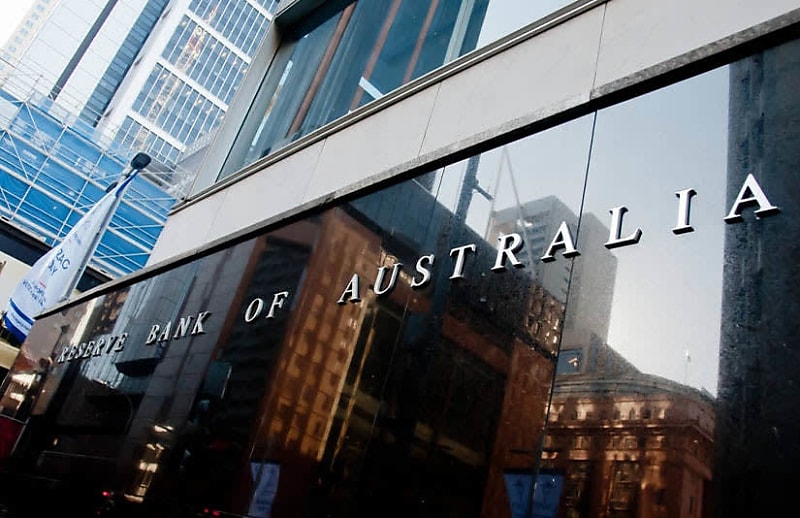The RBA raised interest rates for the ninth consecutive time yesterday by 0.25 percentage points to 3.35 per cent, blaming high local and global inflation.
Governor Philip Lowe said underlying inflation in Australia of 6.9 per cent “was higher than expected” and while global factors were partly responsible “strong domestic demand is adding to the inflationary pressures in a number of areas of the economy”.
“The central forecast is for CPI inflation to decline to 4.75 per cent this year and to around 3 per cent by mid-2025, medium-term inflation expectations remain well anchored and it is important that this remains the case.”
BDO economist and partner Ally Flint said the increase was expected after the high December inflation figure and the RBA “clearly wants to see some sustained evidence of a cooling economy before pausing any further cash rate increases”.
“The RBA’s goal in steering the economy to a soft landing instead of recession is a bit like trying to steer a boat whilst looking behind you,” said Ms Flint.
“The next release of inflation numbers is due at the end of April and is effectively a backward-looking measure to assess the impact of rate increases.”
“We expect the RBA will need to exercise caution next month and adopt a wait-and-see approach.”
Ms Flint said the impact of the rate surge over the past year would be clear when thousands of mortgages came off fixed-rate loans.
“The RBA has estimated that 900,000 households will move off fixed rate loans between July and December, which is also a factor in the mix, but the pain is not spread evenly,” she said.
“Younger Aussies are hurting the most, with first home buyers who took out cheap fixed rate loans over the pandemic expecting a reset which will double or triple their current rates.”
CreditorWatch chief economist Anneke Thompson said consumers had begun to tighten their spending but not enough to avoid the rate increase, while January’s retail trade result would be key element to the RBA’s next move.
“The December result showed a marked slowdown in consumer spending in all categories and states, with sales falling 3.9 per cent month on month,” she said.
“A fall in total sales was to be expected given that Black Friday sales now make November the peak sales month, therefore January sales will be closely watched.”
“Inflation also appears to be moderating, and we should see further drops in the rate of price growth as data is now being measured off 2022 figures, when price rises had already kicked in.”
Ms Thompson said the RBA’s attempt to slow the economy appeared to be having the desired effect with the next true test seeing how quickly the “cooling is felt by businesses” which would influence the future cash rate.
CPA Australia senior manager of business and investment policy Gavan Ord said the rise would continue to place strains on already struggling businesses.
“Rising costs, higher interest rates, a skills shortage and economic uncertainty will continue,” said Mr Ord. “Businesses are going to keep feeling the pinch.”
“It is critical for businesses facing difficulty that they speak with their trusted adviser about how to manage rate rises.”
Treasurer Jim Chalmers said inflation was the government’s “number one focus” and it had a three-part plan to address the issue.
“First of all, responsible cost-of-living relief in a way that doesn’t add to inflation or make the problem worse,” he said. “That’s why cheaper early childhood education is so important, cheaper medicines, and also the electricity bill relief that will be central to the May budget.
“The second part of our plan to address this inflation challenge is dealing with the issues on the supply side of the economy, whether it be the energy chaos which is making us more vulnerable … whether it is making sure that we address issues in our supply chains, whether it’s dealing with these labour and skills shortages, which are such a big challenge for business.
“The third part of our plan is spending restraint, which would be unrecognisable to our predecessors. Banking 99 per cent of the upward revision to revenue over the next two years in the October budget, real spending growth flat across the forward estimates … All of the ways that we have shown spending restraint, which would be unrecognisable to our predecessors, that’s important too.”

 Login
Login







